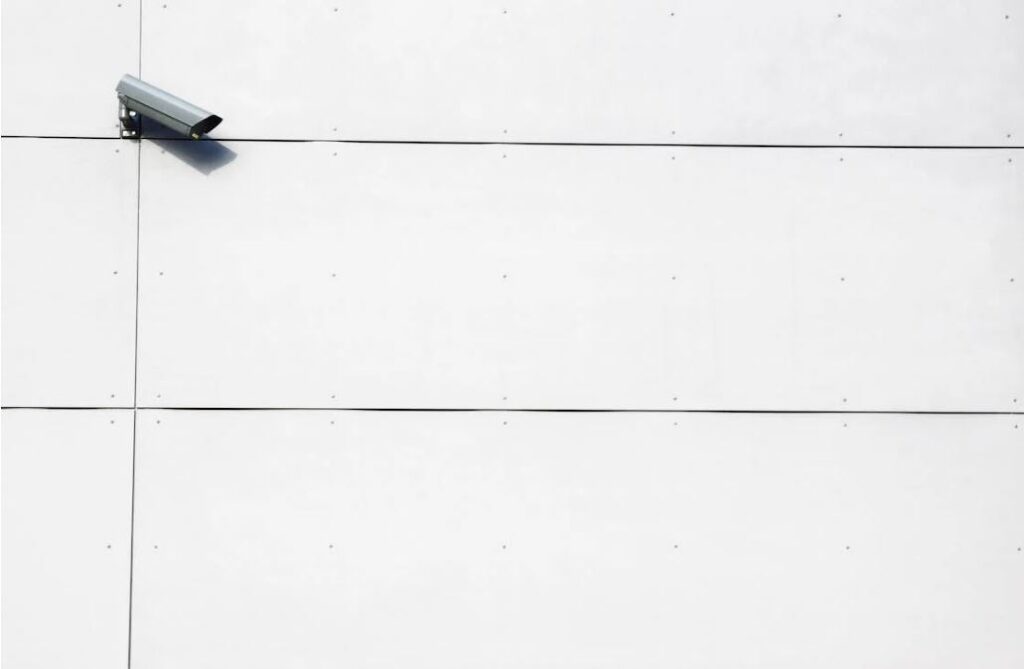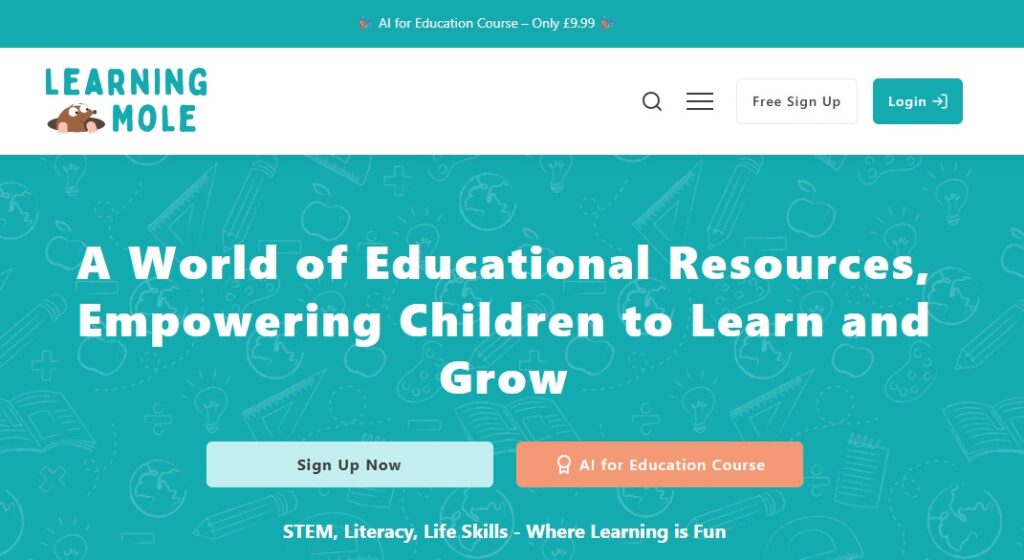The Human Advantage
Humanity in the corporate world, why we need it and how it creates a more productive workplace
What is humanity in the corporate world and why do we need it?
On the face of it, we shouldn’t have to explore what humanity means and why it makes commercial sense. But we do. In the recent State of the Global Workplace report by Gallup, 41% of employees report experiencing “a lot of stress”. Those who work in companies with bad management practices (actively disengaged) are nearly 60% more likely to be stressed than people working in environments with good management practices (engaged), according to John Clifton, Gallup’s CEO.
We have seen solutions being put forward to respond to the challenge, with wellness programmes and mental-health days in abundance, as are initiatives to support different groups in the workplace, be they for ethnic groups, gender diversity or for neurodivergent people. Yet still we hear a great deal about workplace stress as the report from Gallup highlights.
So, what is going to make the difference? And how do we respond at a time where commercial pressures are increasing and the response (as is often the case) includes reduced headcount, expecting teams to do even more and cutting learning and development budgets, which all contributes to developing the very people who make a difference to the top and bottom line.
Rather than focusing on plasters to cover up the cracks and programmes to deal with the stress in the system, we must take a long hard look at what is driving the stress and what can be done about it.
I have worked in the corporate world for 25 years and I’ve been coaching for ten. I am in a privileged position to hear what is really happening under the surface for individuals, what makes them thrive and of the challenges that they face as they try to navigate politics, process and pressure – to succeed.
For the most part, people want to contribute and have influence. The saying that individuals leave a manager, not a company is frequently true. So, what can be done? How can we look to bring humanity into the workplace in a way that fulfils the commercial demands of a business as well as the needs of our people.
Create a safe space for people to speak up
In coaching we talk about psychological safety and creating an environment for individuals to share what is going on for them. A human workplace encourages space for people to try things out, share what’s on their mind and learn from mistakes.
How often, when the going gets tough is the natural response as a manager to be more demanding, challenging and to move into self-preservation mode, rather than to explore root causes?
Instead of increasing stress by demanding more, ask how you can release the weight of the pressure on the team or individual. A coaching approach encourages listening, questioning and challenge, and thinking creatively, together. How can you help this process? The act of being listened to is the first step in releasing the pressure and focusing on the way forward.
Focus – decide what you will not do
Working with my coaching clients who are frequently stepping up into bigger roles, I ask the question “what will you not do tomorrow that you do today?”
When financial targets put on the pressure, often the first ask is, what more can we do? I have seen on many occasions people trying to deliver more with the same resources (people or financial), or frequently, with less (headcount or budget reduction, or both).
Yet, a better question may be what will we not do? It is often a harder question to answer because it requires letting go of what has gone before. Examples of this might be servicing clients who were once strategic but are no longer profitable, or re-working data and reports for multiple internal decision-makers, or delivering the same service with a lower headcount.
A commercial lens means that the bottom line is in focus, but a coaching lens requires leaders to take a step back and look at the bigger picture. “More” often leads to burnout and stress and “less” requires strong leadership, decision making and ultimately greater risk taking – yet it can also release the stress and pressure from the people – who in turn are able to give more to the cause and ultimately increasing productivity.
Be transparent and honest
Energy comes in two forms, positive and negative. When individuals face uncertainty, negative energy tends to prevail, instead of people focusing on the task in hand, corridor conversations focus on the ifs, buts and maybes. Being transparent and honest with information creates an environment where adult-adult conversations can be held.
In coaching, we often refer to Transactional Analysis, a model first mooted by Sigmund Freud that helps to analyse transactions in communication with others. The “Parent, Adult, Child” analogy can be hugely helpful in raising awareness of how two people interact and the different ego states in existence. If ego states are not stable, the result can often be increased stress in the system.
Ask yourself which mode do I need to be in and how can I bring the conversations to a level that increases energy and focus, enhancing commitment and productivity?
Put people first – blend a coaching approach with a commercial focus
It sounds simple, but yet when the going gets tough how many conversations really put people at the heart of the conversation? Development budgets are cut, performance conversations pushed back and the very people that have the potential to deliver on commercial outcomes are left feeling disillusioned and under-valued.
I have witnessed first hand, that coaching is one of the first things to go, a “nice to have” or “discretionary” spend. If all leaders had a coaching approach to support and stretch their people, I could understand it, but unfortunately, they don’t.
Ironically, the skills of a coach become even more important in tough times. Having the ability to step back, be curious, challenge, explore new ways of working and creating a safe space to experiment and learn are essential to delivering on business growth.
Supporting team members to find their passion, contribute to something meaningful and go above and beyond for the wider cause is central to building a more productive workplace.
The skills of a coach are equally valuable in having conversations with clients and customers – building relationships, offering insight and solutions to grow business together. Putting the human back into business.
So, the next time the going gets tough, rather than asking what more can we do, think about how a coaching lens can support the bottom-line focus, to create an environment that fosters curiosity, compassion and challenge – and ultimately improved productivity and commercial success.
By Helen Wada








